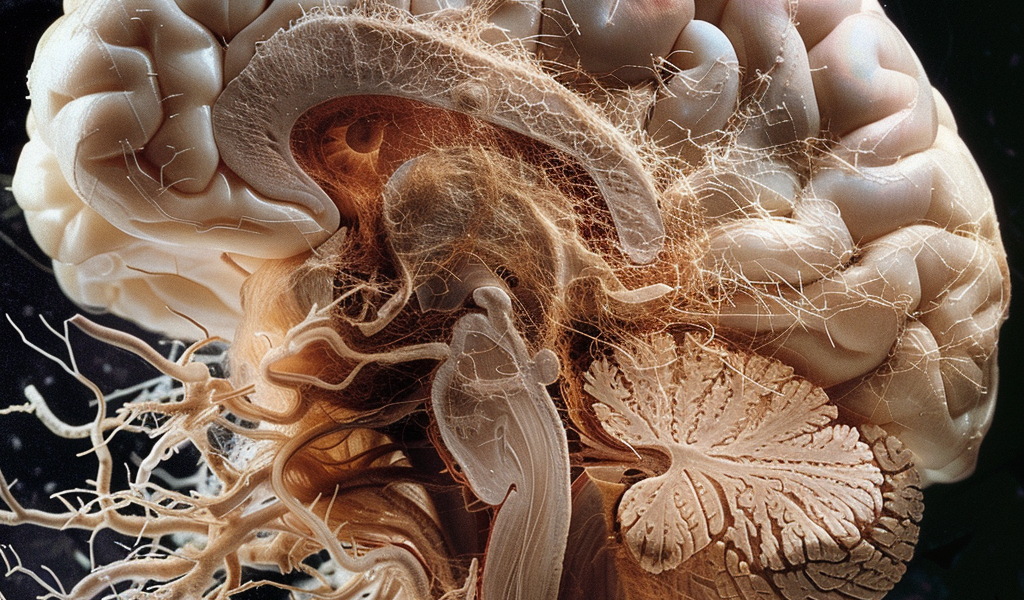Deep learning with diffusion MRI as an in vivo microscope reveals sex-related differences in human white matter microstructure
Biological sex is a crucial variable in neuroscience studies where sex differences have been documented across cognitive functions and neuropsychiatric disorders. While gross statistical differences have been previously documented in macroscopic brain structure such as cortical thickness or region size, less is understood about sex-related cellular-level microstructural differences which could provide insight into brain health and disease. Studying these microstructural differences between men and women paves the way for understanding brain disorders and diseases that manifest differently in different sexes.
Diffusion MRI is an important in vivo, non-invasive methodology that provides a window into brain tissue microstructure. A recent study developed multiple end-to-end classification models that accurately estimate the sex of a subject using volumetric diffusion MRI data and used these models to identify white matter regions that differ the most between men and women.
The study included 471 male and 560 female healthy subjects (age range, 22–37 years) from the Human Connectome Project. Fractional anisotropy, mean diffusivity, and mean kurtosis were used to capture brain tissue microstructure characteristics. Diffusion parametric maps were registered to a standard template to reduce bias that can arise from macroscopic anatomical differences like brain size and contour.
The study employed three major model architectures: 2D convolutional neural networks, 3D convolutional neural networks, and Vision Transformer (with self-supervised pretraining). Results showed that all three models achieved high sex classification performance (test AUC 0.92–0.98) across all diffusion metrics, indicating definitive differences in white matter tissue microstructure between males and females.
Further complementary model architectures were used to inform about the pattern of detected microstructural differences and the influence of short-range versus long-range interactions. Occlusion analysis together with Wilcoxon signed-rank test was used to determine which white matter regions contribute most to sex classification. The results indicated that sex-related differences manifest in both local features as well as global features / longer-distance interactions of tissue microstructure.
The highly consistent findings across models provide new insight supporting differences between males and females in white matter microstructure, shedding light on potential implications for brain health and disease.





